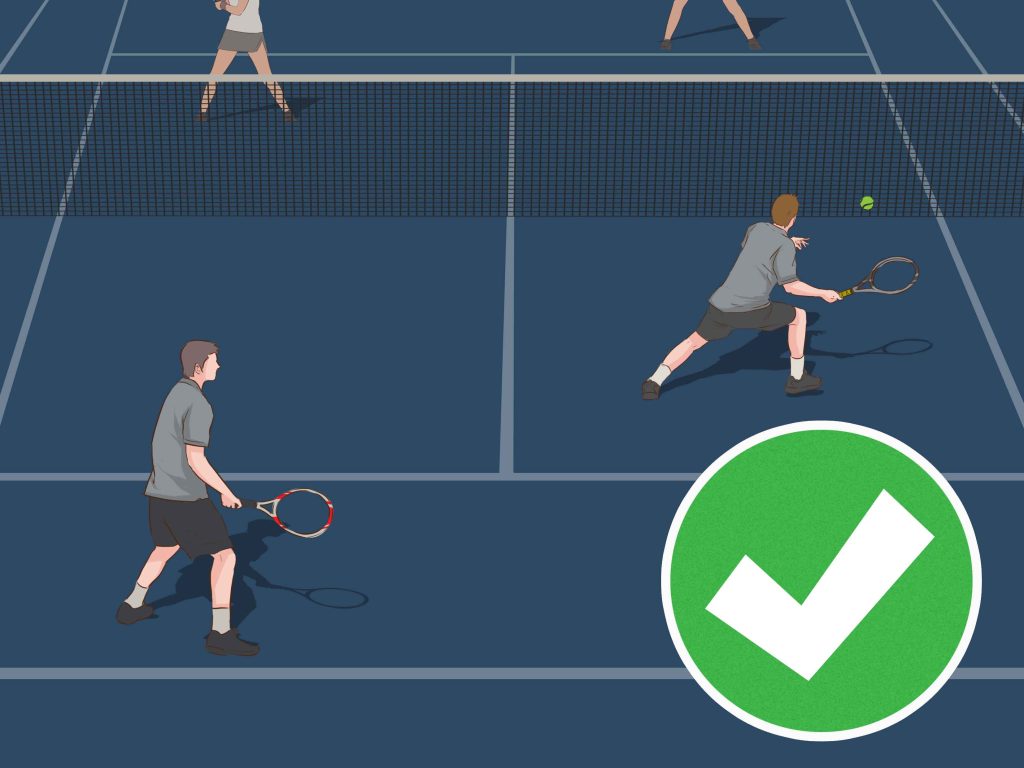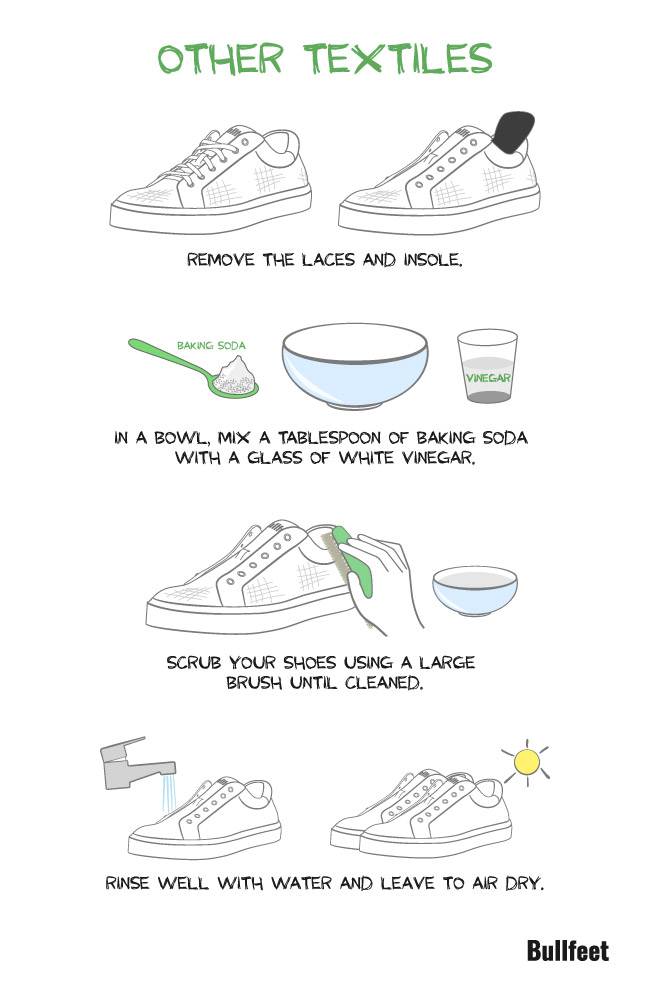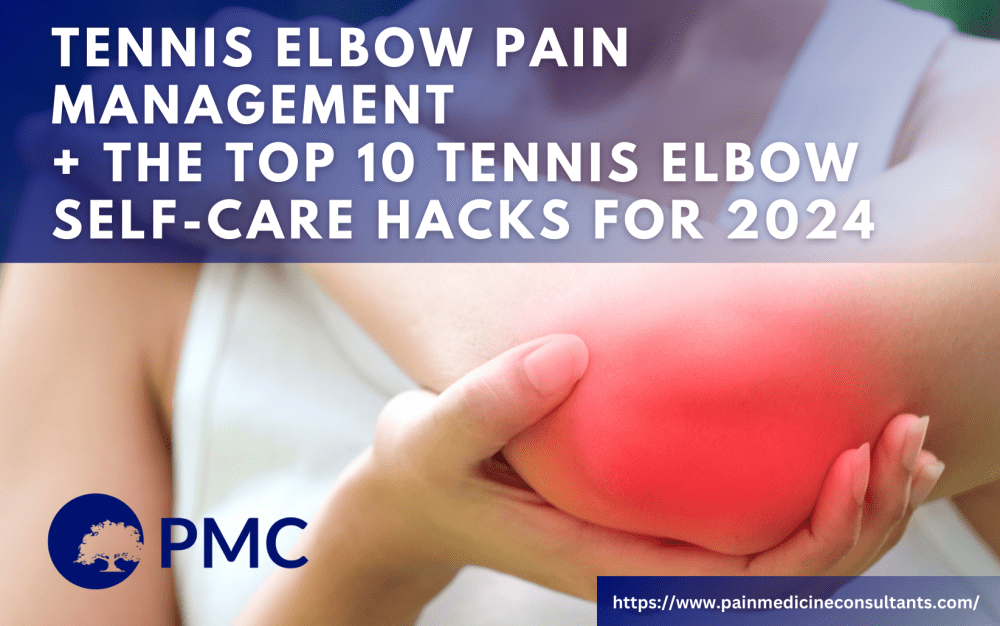Playing tennis is fun and challenging. It’s a great way to stay active and healthy.
Tennis is a popular sport enjoyed by millions worldwide. Whether you’re a beginner or looking to improve, knowing the basics is essential. This guide will help you understand the fundamentals of tennis. From learning how to hold the racket to mastering the serve, each step is crucial.
Tennis not only boosts your physical health but also sharpens your mind. The game requires focus, quick reflexes, and strategic thinking. Ready to hit the court? Let’s dive into the essentials of playing tennis and get you started on your journey to becoming a better player.
Introduction To Tennis
Tennis is a fun and popular sport. It is played by millions worldwide. Whether you are young or old, anyone can play. Tennis requires skill, strategy, and stamina. It is played on different surfaces like grass, clay, and hard courts. The game can be played singles or doubles.
History Of Tennis
Tennis has a rich history. It began in France in the 12th century. Back then, it was played with the hand. Later, racquets were introduced in the 16th century. The game spread across Europe. By the 19th century, it became popular in England. This led to the creation of modern tennis.
The first tennis club was formed in England in 1872. Wimbledon, the oldest tennis tournament, started in 1877. Today, tennis is a global sport. It features in the Olympics and has four major tournaments known as the Grand Slams.
Basic Rules
Understanding the basic rules of tennis is essential. The game is played on a rectangular court. A net divides the court into two halves. Players use racquets to hit a ball over the net. The aim is to land the ball in the opponent’s court.
A tennis match starts with a serve. The server must hit the ball diagonally into the opponent’s service box. Players take turns hitting the ball. Points are scored when the opponent fails to return the ball correctly. A player wins a set by winning at least six games with a two-game lead.
A match can be best of three or five sets. The scoring system is unique. Points are counted as 15, 30, 40, and game. A player needs four points to win a game. If both players reach 40 points, it is called a deuce. The player must win two consecutive points after deuce to win the game.
Essential Equipment
Playing tennis is not only about skill but also having the right equipment. The right gear helps you perform better and enjoy the game more. Here, we will cover the essential equipment you need to start playing tennis.
Racquets
The racquet is the most important piece of equipment in tennis. Choose a racquet that feels comfortable in your hand. Consider the weight and balance. Beginners usually prefer lighter racquets. These are easier to swing. Look for a racquet with a larger head size. This gives you a bigger sweet spot. It helps you hit the ball more easily.
Balls
Tennis balls come in different types. Regular duty balls are for clay courts. Extra duty balls are for hard courts. If you are just starting, use regular duty balls. They are softer and easier to control. Make sure to use pressurized balls. These provide consistent bounce and performance.
Court Attire
Wear comfortable clothing that allows you to move freely. Tennis shirts and shorts are ideal. They are designed for the sport. Choose shoes with good grip and support. Tennis shoes prevent slipping and provide stability. Avoid running shoes as they lack lateral support. Don’t forget a hat and sunglasses. They protect you from the sun during outdoor play.
Understanding The Court
Understanding the tennis court is crucial for anyone wanting to play tennis. The court is where all the action happens. Knowing its layout and surfaces can improve your game. This section will cover the court dimensions and types of court surfaces.
Court Dimensions
The tennis court is rectangular. It measures 78 feet in length. The width varies based on singles or doubles play. For singles, the width is 27 feet. For doubles, the width expands to 36 feet. The court is divided by a net. The net stands 3 feet high at the center. There are several lines on the court. The baseline marks the back boundary. The service line is 21 feet from the net. The area between the service line and net is the service box. Players must serve the ball into this box.
Types Of Court Surfaces
Tennis courts come in various surfaces. Each surface affects the game differently. The main types are clay, grass, and hard courts. Clay courts are made of crushed stone, brick, or shale. They slow down the ball and make high bounces. Grass courts are fast. The ball moves quickly and bounces low. Hard courts are made of asphalt or concrete. They offer a medium-paced game. Each surface requires different strategies. Knowing these can give you an edge in your game.

Credit: www.youtube.com
Basic Techniques
Learning how to play tennis involves mastering some fundamental techniques. These basics build the foundation for your game. Let’s explore the essential techniques every beginner should know.
Grip Types
The way you hold your racket is crucial. There are different grip types, and each affects your play. Here are the most common grips:
- Continental Grip: Best for serves and volleys.
- Eastern Grip: Ideal for beginners. Good for forehands.
- Western Grip: Generates topspin. Common among advanced players.
Each grip has its own strengths. Practicing with each can help you find your preferred style.
Basic Strokes
Learning the basic strokes is essential. Here are the key strokes in tennis:
| Stroke | Description |
|---|---|
| Forehand | Hit with the palm facing the net. Very powerful. |
| Backhand | Hit with the back of the hand facing the net. Can be one-handed or two-handed. |
| Serve | The starting stroke of each point. Needs precision and power. |
| Volley | Hit before the ball bounces. Often used near the net. |
| Overhead Smash | Powerful shot hit from above your head. Used to finish points. |
Practicing these strokes will improve your game. Focus on technique and control. Consistency is key.
Serving Basics
Serving is the starting point of every tennis match. It’s essential to learn the basics to improve your game. A good serve can give you a strong advantage. This section will cover the fundamentals of serving, types of serves, and effective practice drills.
Types Of Serves
Understanding different types of serves is crucial. Here are some common ones:
- Flat Serve: A powerful serve with minimal spin. It’s fast and direct.
- Topspin Serve: This serve has a lot of spin. It bounces higher and can be tricky for opponents.
- Slice Serve: This serve curves to the side. It’s useful for pulling opponents wide.
- Kick Serve: Similar to the topspin serve but with more bounce. It kicks up high and can be hard to return.
Serve Practice Drills
Practice is key to improving your serve. Here are some drills to help you:
- Target Practice: Place cones in different areas of the service box. Aim for the cones to improve your accuracy.
- Shadow Serving: Practice your serve motion without hitting the ball. Focus on your technique and form.
- Consistency Drill: Serve 10 balls in a row. Try to get them all in the service box.
- Speed Drill: Use a radar gun to measure your serve speed. Try to increase your speed with each serve.
By practicing these drills regularly, you will see improvement in your serves. Focus on your technique, consistency, and speed for the best results.
Footwork Fundamentals
Good footwork is crucial in tennis. It helps you reach the ball quickly and stay balanced. If you can move well, you can hit better shots and reduce errors. Let’s explore some key aspects of footwork.
Movement Drills
Practicing movement drills can greatly improve your footwork. These drills focus on agility, speed, and coordination.
- Side Shuffles: Move sideways quickly. Keep your knees bent and stay low.
- Ladder Drills: Use a speed ladder. Step in and out quickly. This helps with quick foot movements.
- Split Steps: This is a small hop you do before your opponent hits the ball. It prepares you to move in any direction.
Positioning Tips
Good positioning on the court helps you cover more ground. Follow these tips to improve your court positioning.
- Stay Centered: Always return to the center of the baseline after each shot.
- Anticipate: Try to predict where your opponent will hit the ball. This lets you position yourself early.
- Balance: Keep your weight on the balls of your feet. This helps you move quickly.
| Drill | Benefit |
|---|---|
| Side Shuffles | Improves lateral movement |
| Ladder Drills | Enhances quick footwork |
| Split Steps | Prepares for rapid direction changes |
Playing Strategies
Playing tennis is more than just hitting the ball. Strategies are key to winning matches. Knowing the right tactics for singles and doubles can make a big difference. Let’s dive into some effective strategies for both formats.
Singles Strategies
Singles tennis is a one-on-one game. It demands agility and quick thinking. Move your opponent around the court. Hit the ball to the corners. This forces them to run and tire out. Use different types of shots. Mix up your play with slices, lobs, and drop shots. This keeps your opponent guessing.
Stay on the baseline but be ready to move forward. Attacking the net can surprise your opponent. Serve with accuracy. A strong serve sets the tone. Aim for the corners of the service box. Avoid predictable patterns. Change your serve placement often.
Doubles Strategies
Doubles tennis involves teamwork. Communication is vital. Talk to your partner throughout the match. Decide on your roles. One player can stay at the net while the other covers the baseline. This creates a balanced defense.
Target the weaker player. Focus your shots on the player with fewer skills. Use the alley shots. Aim between the two opponents. This confuses them and creates openings. Serve and volley can be effective. Serve and move quickly to the net. This puts pressure on your opponents.
Switch sides with your partner. This can confuse the other team. Stay close to each other. This helps in covering the court effectively. Always encourage each other. Positive communication boosts morale and performance.

Credit: www.youtube.com
Improving Your Game
Are you looking to take your tennis skills to the next level? Improving your game involves understanding common mistakes, mastering advanced techniques, and making small adjustments for big gains. Let’s dive into these aspects to help you become a better player.
Common Mistakes
Even experienced players can fall into bad habits. Recognizing these can help you correct them.
- Poor Footwork: Always be on your toes. Good positioning is key.
- Incorrect Grip: Ensure you hold the racket properly. It affects control.
- Overhitting: Focus on precision, not just power. Aim for consistent shots.
Advanced Techniques
Once you’ve mastered the basics, it’s time to learn advanced techniques. These can give you an edge over your opponents.
- Topspin: Helps in controlling the ball’s trajectory. Use a brushing motion.
- Slice: Creates backspin. Good for low, skidding shots.
- Drop Shot: Catches your opponent off guard. Requires gentle touch.
Implementing these techniques can be challenging but rewarding. Practice them regularly to see improvement.
| Technique | Benefits |
|---|---|
| Topspin | Better control, more margin over the net. |
| Slice | Disrupts opponent’s rhythm, keeps ball low. |
| Drop Shot | Surprises opponents, forces them to the net. |
Remember, consistency and practice are your best friends. Happy playing!
Fitness And Conditioning
Fitness and conditioning are crucial for any tennis player. A well-rounded fitness routine ensures you can perform at your best. It also helps prevent injuries. A mix of strength training and endurance exercises can significantly improve your game.
Strength Training
Strength training builds muscle power. It helps you hit the ball harder. Strong muscles also improve your agility on the court. Focus on exercises like squats, lunges, and push-ups. These target major muscle groups used in tennis. Don’t forget your core. A strong core helps with balance and stability. Consider planks and Russian twists for core strength.
Endurance Exercises
Endurance exercises keep you going during long matches. Running is a great way to build stamina. Try interval training for better results. Short bursts of speed followed by rest periods mimic match play. Cycling and swimming are also excellent options. These activities improve cardiovascular health. This means you can play longer without getting tired.

Credit: www.wikihow.com
Mental Toughness
In tennis, mental toughness is as important as physical skill. Players need to stay focused and calm under pressure. This can be challenging, but there are techniques to help. Let’s explore how to improve your mental game.
Focus Techniques
Staying focused during a match is crucial. Distractions can lead to mistakes. Here are some techniques:
- Deep Breathing: Take slow, deep breaths to calm your mind.
- Visualization: Picture yourself playing well. See your success in your mind.
- Routines: Develop pre-serve or pre-return routines. This helps keep your mind on the game.
Using these techniques can improve your concentration. They help you block out distractions and stay in the moment.
Handling Pressure
Pressure can be intense in tennis. You need to stay calm and composed. Here are some ways to handle it:
- Positive Self-Talk: Encourage yourself with positive words. Replace negative thoughts with positive ones.
- Stay Present: Focus on the current point, not the past or future.
- Control the Controllables: Focus on what you can control, like your effort and attitude.
These strategies can help you manage stress. They allow you to perform well under pressure.
Building mental toughness takes time and practice. But, these techniques can help you stay focused and handle pressure better. Start incorporating them into your game today.
Frequently Asked Questions
What Are The Basic Rules Of Tennis?
Tennis is played on a rectangular court with a net in the middle. The game starts with a serve. Players alternate hitting the ball over the net, aiming to score points by landing the ball in the opponent’s court.
How Do You Score Points In Tennis?
Points in tennis are scored by winning rallies. A player wins a rally by hitting the ball over the net and into the opponent’s court. The opponent fails to return the ball within the boundaries.
What Equipment Do You Need To Play Tennis?
To play tennis, you need a tennis racket, tennis balls, and appropriate shoes. Wearing comfortable, breathable clothing is also recommended. A tennis court is essential.
How Is A Tennis Match Structured?
A tennis match consists of sets. Each set contains games. Players need to win a specific number of sets to win the match. The format can vary.
Conclusion
Playing tennis can be a fun and rewarding activity. Remember to practice regularly. Follow the rules and enjoy the game. Start with basic techniques and improve gradually. Focus on your footwork and hand-eye coordination. Watch professional matches for inspiration. Keep a positive attitude and stay patient.
Tennis is not just about winning; it’s about having fun. Grab your racket, head to the court, and play! Enjoy every moment and stay active. Tennis can be a great way to stay fit and make new friends. Happy playing!



